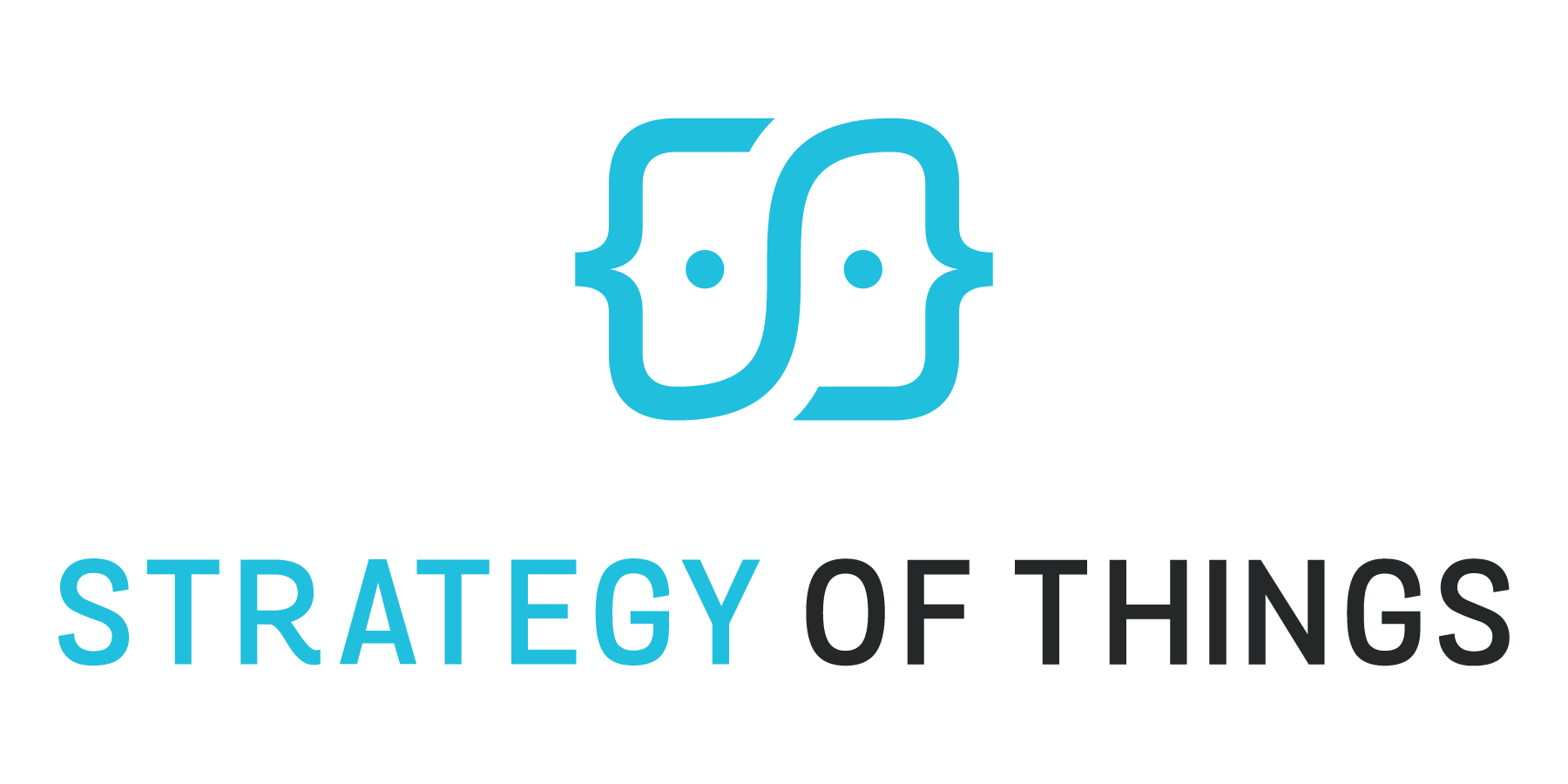Capabilities for Covid-19 Biosurveillance
Biosurveillance consists of the two capabilities defined in the CDC Public Health Emergency Preparedness and Response Capabilities October 2018 (Updated January 2019) document. The two capabilities are:
Public health laboratory testing is the ability to implement and perform methods to detect, characterize, and confirm public health threats. It also includes the ability to report timely data, provide investigative support, and use partnerships to address actual or potential exposure to threat agents in multiple matrices, including clinical specimens and food, water, and other environmental samples. This capability supports passive and active surveillance when preparing for, responding to, and recovering from biological, chemical, and radiological (if a Radiological Laboratory Response Network is established) public health threats and emergencies. This capability consists of the ability to perform the functions listed below.
- Conduct laboratory testing and report results
- Enhance laboratory communications and coordination
- Support training and outreach
Public health surveillance and epidemiological investigation is the ability to create, maintain, support, and strengthen routine surveillance and detection systems and epidemiological investigation processes. It also includes the ability to expand these systems and processes in response to incidents of public health significance. This capability consists of the ability to perform the functions listed below.
- Conduct or support public health surveillance
- Conduct public health and epidemiological investigations
- Recommend, monitor, and analyze mitigation actions
- Improve public health surveillance and epidemiological investigation systems
More detailed information about these two capabilities and their associated functions is found in the CDC document.
To go to the use cases and solutions for Covid-19 Biosurveillance
Biosurveillance Innovation Ecosystem and Use Cases
Fever detection video cameras
AI based camera continuously scans crowds and identifies anyone with a temperature as they enter facilities to locate and isolate risk. Additional information.
Workplace level contact tracing wearables
These wearables are designed for people and workers who have to be co-located at a physical workplace even while social distancing and physical isolation measures are in place. The devices provide contact tracing — in other words, monitoring the potential spread of the coronavirus from person-to-person — at the level of a local workplace facility. This gives employers a way to maintain a pulse on any possible transmission among their workforces and provide them with the ability to hopefully curtail any local spread before it becomes an outsized risk. Additional information.
Biosurveillance Data and Analytics
Open data sets (CORD-19)
White House and a coalition of leading research gro
ups have prepared the COVID-19 Open Research Dataset (CORD-19). CORD-19 is a resource of over 47,000 scholarly articles, including over 36,000 with full text, about COVID-19, SARS-CoV-2, and related coronaviruses. Additional Information.
Contact Tracing
Use of mobile phone location data and apps to understand and identify the paths that infected persons have taken, and who they may have potentially be in contact with.
Additional information:
- https://www.smartcitiesworld.net/news/european-coalition-to-develop-privacy-preserving-tech-for-contact-tracing-5176
- https://www.tracetogether.gov.sg
- https://www.top10vpn.com/news/surveillance/covid-19-digital-rights-tracker/
Questions?
These are extraordinary times, and we're all in this together. We try to stay up to date with share what is happening with COVID-19 responses and mitigation efforts. Whether you have questions about the content, like to share information, exchange knowledge and best practices or collaborate on future projects, we look forward to hearing from you.

